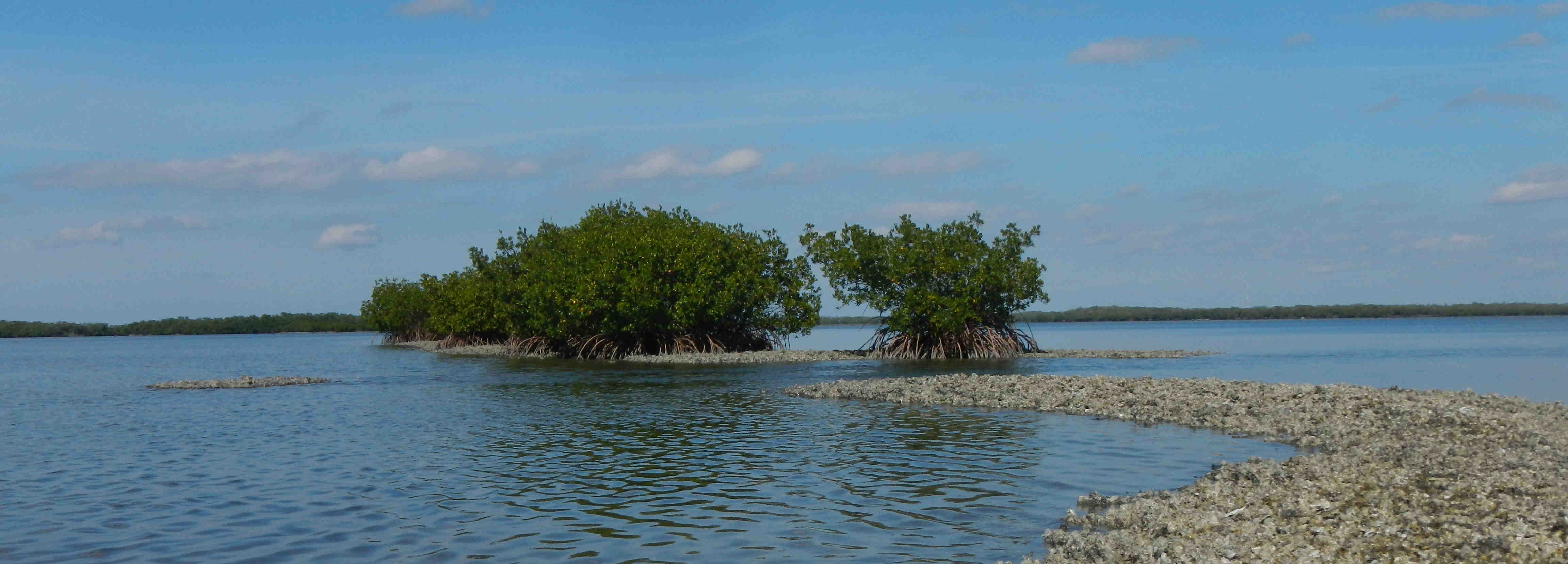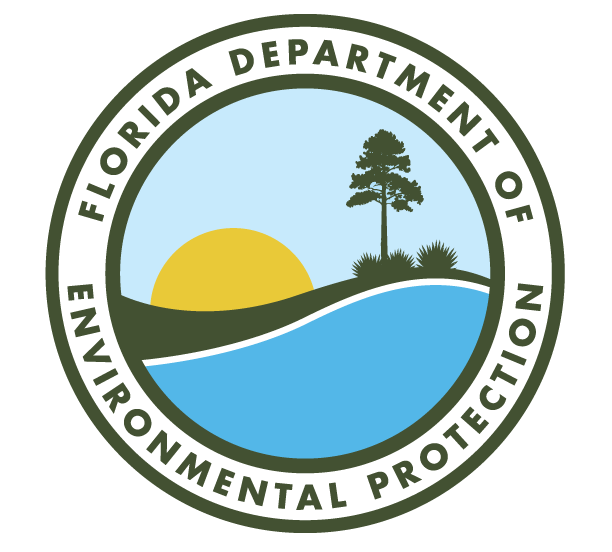
The Department of Environmental Protection, Office of Resilience and Coastal Protection
The Department of Environmental Protection protects, conserves and manages Florida's natural resources and enforces its environmental laws to advance our state’s position as a world leader in protecting natural resources while also growing the economy. The Office of Resilience and Coastal Protection (RCP) manages over five million acres of submerged and coastal lands, including forty-two aquatic preserves and, in coordination with the National Oceanic and Atmospheric Administration, three National Estuarine Research Reserves, the Florida Keys National Marine Sanctuary, and the Coral Reef Conservation Program. RCP also administers the Florida Coastal Management Program; Clean Boating Programs and Clean Vessel Act Grant Program; Resilient Florida Program; Outer Continental Shelf Program; Beach Field Services Program; Coastal Engineering and Geology Group; the Coastal Construction Control Line Program; the Beach Management Funding Assistance Program; and the Beaches, Inlets and Ports Program. RCP staff in these diverse programs include experts in scientific research and monitoring, coastal engineering, data management, natural resource management, education and outreach, administration, and policy. As the primary division responsible for promoting resilience and climate preparedness in Florida, RCP approaches the wide portfolio of issues it manages with adaptation for the future in mind, including coral reef protection, preservation of coastal and aquatic managed areas, beach and inlet management, and the implementation of ecosystem restoration projects. Together, these efforts aim to prepare Florida’s coastal communities and state-managed lands for the effects of future storms, such as coastal flooding and erosion, as well as sea level rise and other impacts of climate change.
Aquatic Preserve Program
Much of Florida's distinctive character lies in the beauty of its coastline. The best of our coastal landscapes have been set aside for protection as aquatic preserves. Florida’s natural beauty has always been a major attractions for both tourists and residents. Ironically, the very features that draw people to Florida are potentially endangered by the increased population pressures. Aquatic preserves protect the living waters of Florida to ensure they will always be home for bird rookeries and fish nurseries, freshwater springs and salt marshes, seagrass meadows and mangrove forests. These natural wonders offer a window into Florida's natural and cultural heritage. In 1975, with growing appreciation for their environmental diversity and alluring beauty, Florida enacted the Aquatic Preserve Act. This ensured that aquatic preserves' natural condition, "their aesthetic, biological and scientific values may endure for the enjoyment of future generations." Today, Florida has 42 aquatic preserves, encompassing over 2 million acres. All but four of these "submerged lands of exceptional beauty" are located along Florida's 8,400 miles of coastline in the shallow waters of marshes and estuaries. All of these waters are ours to enjoy and protect. To learn more about the Office of Resilience and Coastal Protection and Florida’s Aquatic Preserves Program visit https://floridadep.gov/RCP
